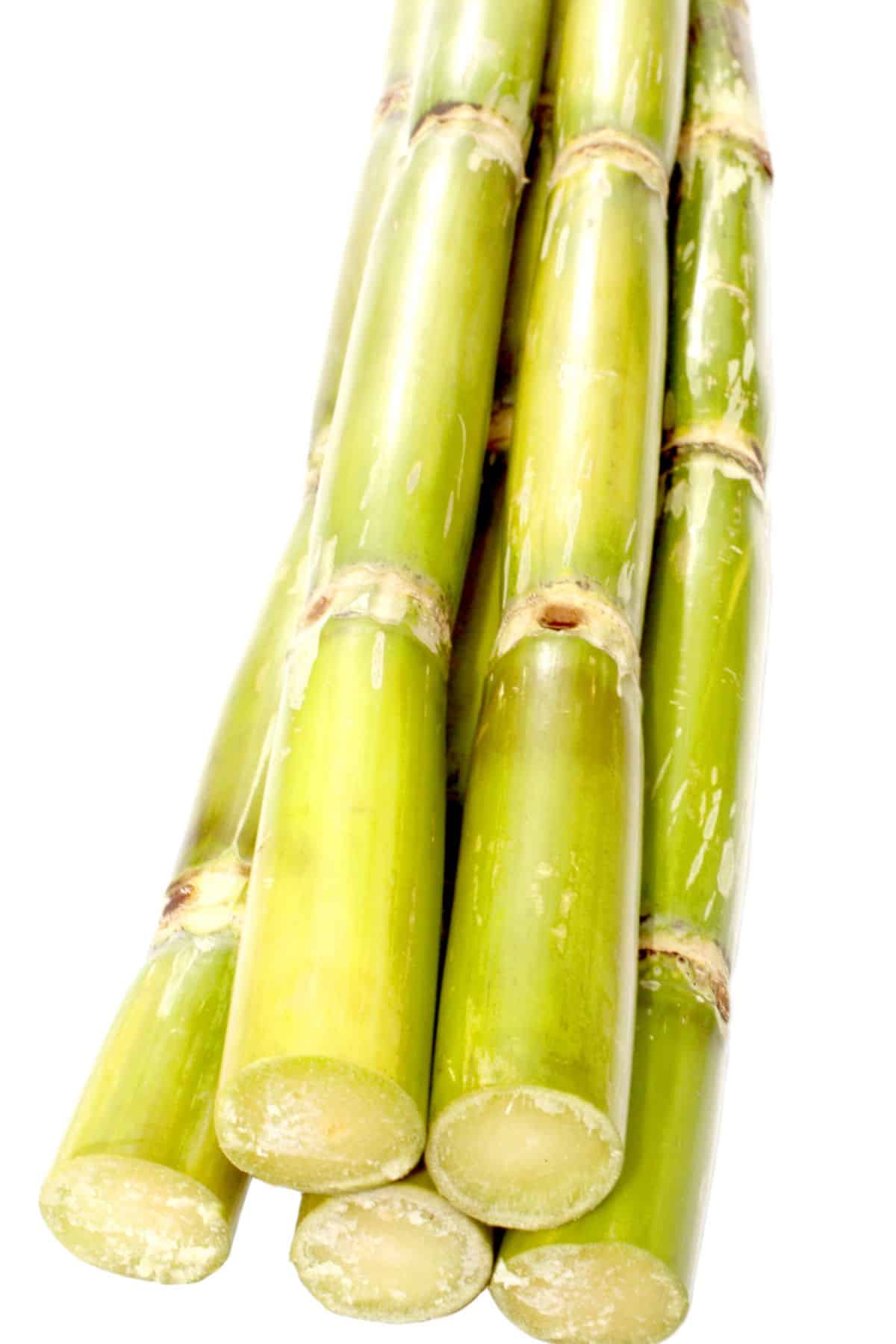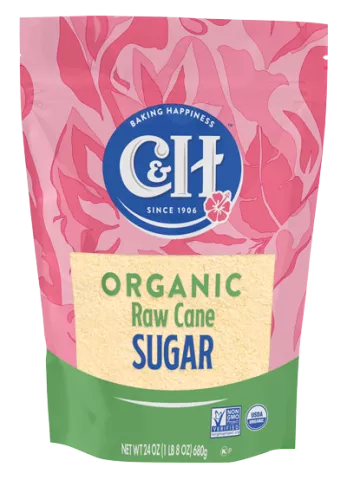Efficient Cane Sugar Processing: Maximizing Yield and Purity
Efficient Cane Sugar Processing: Maximizing Yield and Purity
Blog Article
An In-Depth Overview to the Ecological Impact and Sustainability Practices in Walking Stick Sugar Handling
The environmental effect of cane sugar processing offers an intricate selection of challenges that warrant cautious exam. From dirt deterioration and excessive water usage to the carbon impact associated with growing and production, the effects of standard methods are significant. What specific methods can be executed to strike an equilibrium in between efficiency and ecological stewardship?
Summary of Cane Sugar Processing
Walking cane sugar processing includes a collection of methodical actions that transform sugarcane into polished sugar. At first, gathered sugarcane is transferred to refining centers, where it undertakes cleansing to get rid of dirt and particles. Following this, the walking stick is squashed to remove juice, which is then made clear by getting rid of impurities with home heating and the enhancement of lime.
The made clear juice undergoes evaporation, where water is removed to focus the sugar content. These crystals are separated from the continuing to be syrup utilizing centrifugation, resulting in raw sugar.
The last product is then dried and packaged for distribution. Throughout this entire process, maintaining efficiency and quality control is essential to ensure the sugar satisfies market requirements. Each action in walking cane sugar handling not just adds to the end product however likewise has ramifications for resource use and waste generation, establishing the stage for discussions on sustainability and ecological influences connected with sugar production.
Environmental Obstacles of Manufacturing
The production of walking cane sugar presents several substantial environmental difficulties that warrant interest. One primary worry is the substantial use agrochemicals, consisting of pesticides and plant foods, which can cause soil destruction, biodiversity loss, and contamination of regional water sources. The overflow from sugarcane areas commonly brings these chemicals right into nearby ecosystems, interfering with aquatic life and impacting the wellness of areas reliant on these water bodies.
Another challenge is the high power consumption connected with sugarcane processing. The boiling and refining phases require significant heat, mostly created by burning nonrenewable fuel sources, adding to greenhouse gas emissions. Furthermore, the large acreage needed for sugarcane farming can cause logging and environment destruction, additional aggravating environment change and harmful wild animals.
In addition, the labor practices in some regions increase honest problems, as employees might face bad working problems and poor salaries. This scenario frequently continues a cycle of hardship in neighborhood communities. Cane Sugar Processing. Addressing these ecological challenges is important for establishing more sustainable techniques in walking cane sugar manufacturing, eventually benefiting both the setting and the neighborhoods included in this sector
Water and Land Use Influence
Water resources and land use are critical components in the walking stick sugar sector that substantially influence the environment. The growing of sugarcane needs significant water input, with estimates suggesting that it can take in approximately 2,000 litres of water per kilogram of sugar created. This extensive use water frequently brings about depletion of regional water resources, affecting not only the sugarcane vineyards yet likewise surrounding environments and areas that depend on the same water sources for agriculture and domestic use.

Furthermore, land use for sugarcane growing can bring about deforestation and the conversion of natural habitats into monoculture ranches. This method decreases biodiversity, disrupts local communities, and adds to soil degradation. The expansion of sugarcane fields often encroaches on valuable farming land, developing competitors for sources between food and biofuel production.
Lasting techniques, such as enhancing irrigation techniques and implementing plant rotation, are necessary to alleviate these effects. By adopting more reliable water use and land management strategies, the walking cane sugar market can decrease its ecological impact, making sure a balance in between farming productivity and ecological preservation.
Greenhouse Gas Emissions
Greenhouse gas emissions stand for a considerable environmental problem within the walking stick sugar processing sector, particularly as farming methods increase to satisfy global need. The farming of sugarcane, a crop that prospers in tropical environments, relies greatly on synthetic plant foods and pesticides, which add to laughing gas emissions. In addition, land-use modifications, consisting of deforestation for brand-new sugarcane plantations, release co2 stored in plants and dirt.
During handling, power usage is an additional significant resource of greenhouse gas discharges - websites Cane Sugar Processing. Lots of sugar mills make use of fossil gas to power equipment and create warmth, causing substantial carbon impacts. In addition, the transport of raw sugarcane and completed products adds layers of emissions via gas burning in lorries
This includes evaluating existing agricultural techniques, refining approaches, and transportation systems to determine locations for renovation and reduction. Addressing greenhouse gas emissions is crucial for promoting an extra lasting cane sugar industry in an altering climate.

Sustainable Practices and Innovations
Sustainable practices and technologies sites are increasingly crucial in the cane sugar processing market as stakeholders seek to reduce environmental influences while maintaining efficiency. One substantial development is the application of incorporated crop monitoring, which optimizes resource use by incorporating dirt management, insect control, and plant turning strategies. This approach improves yield while decreasing chemical inputs and maintaining dirt wellness.
Furthermore, the adoption of sustainable power resources, such as biomass from sugarcane deposits, has actually obtained grip - Cane Sugar Processing. By converting waste products into power, refining centers can reduce their reliance on fossil fuels, thereby lowering greenhouse gas emissions
Water management practices have also seen improvements through the recycling and reusing of water in processing plants, dramatically reducing freshwater consumption. Innovations in modern technology, such as accuracy farming, allow farmers to keep an eye on crop health and resource use extra properly, making sure sustainable cultivation practices.
In addition, qualification programs like Fair Trade and Rainforest Partnership urge ecologically responsible farming techniques and advertise social equity within the supply chain. By accepting these lasting methods and advancements, the cane sugar handling market can enhance its resilience and add positively to ecological stewardship.
Final Thought
The environmental effect of walking stick sugar handling provides significant obstacles, Extra resources including dirt deterioration, high water consumption, and greenhouse gas discharges, alongside honest concerns connected to labor methods. Addressing these problems via sustainable methods, such as integrated crop monitoring, renewable resource adoption, and water recycling, is crucial. By promoting eco responsible and socially equitable methods in sugar manufacturing, the market can minimize its adverse impacts, making certain a more lasting future for both ecosystems and neighborhoods included in this field.
Walking cane sugar processing includes a collection of organized steps that transform sugarcane into refined sugar. Each action in walking cane sugar handling not just adds to the final product but likewise has ramifications for source usage and waste generation, establishing the phase for conversations on sustainability and ecological impacts associated with sugar production.
Greenhouse gas discharges represent a considerable ecological problem within the walking cane sugar processing market, especially as farming methods broaden to satisfy worldwide need.Sustainable methods and developments are progressively vital in the walking stick sugar handling market as stakeholders seek to decrease environmental impacts while maintaining productivity.The ecological influence of walking stick sugar processing presents significant obstacles, consisting of soil destruction, high water intake, and greenhouse gas exhausts, along with moral worries connected to labor methods.
Report this page